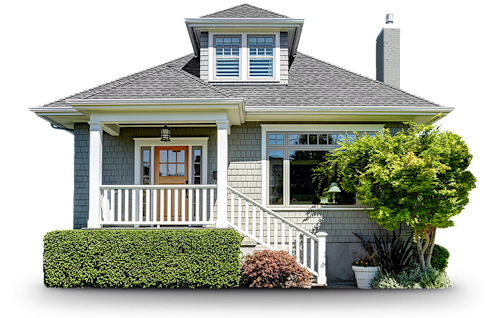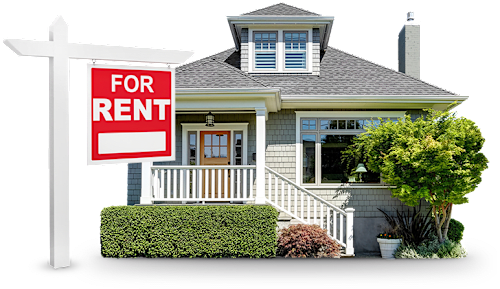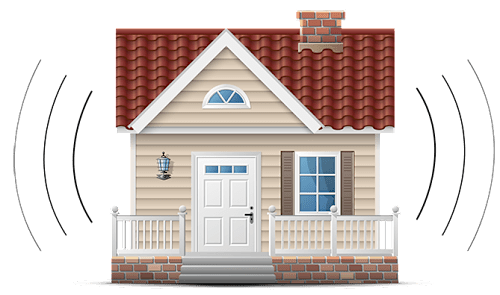California Home Insurance









You’ve likely heard the adage “hope for the best, prepare for the worst.” It’s sound advice, and is the same idea when opting for home insurance.
Hopefully you’ll never need this kind of coverage, but if a tree falls on your roof or a wildfire burns down your home, you’ll be glad to have home insurance to compensate you for your losses. Home insurance can also protect you financially if someone is injured on your property and sues you to pay their medical expenses.
While policies vary, it’s important to understand the basics, and a few differences, so you can purchase the best coverage for you and your home.
How much is homeowners insurance in California?
While home insurance rates vary based on where in California you live and what your coverage needs are, average California homeowners insurance rates come in at around $1,250 a year—roughly 35 percent less than the national average.
What affects homeowners insurance rates in California?
There are various property-related factors that insurance companies look at to determine rates. In California, some examples include:
- Construction: The age, construction (including recent upgrades or repairs), and condition of the home may affect your rate.
- Replacement cost: The cost of fully rebuilding the same house, which is usually determined by an appraiser, is taken into consideration.
- Swimming pools: If the home has a pool, you may need more liability coverage to cover potential injuries.
- Home-based businesses: If you run a business from home, your premium may be higher to cover business-related expenses such as inventory and equipment.
What does home insurance cover in California?
Homeowners insurance covers damage to your home and belongings in the event of a fire, lightning, smoke, theft, vandalism, water, wind, and more.
A standard home insurance policy protects:
- Your home: Your policy’s dwelling coverage reimburses you for the costs of repairing or rebuilding your home when it’s damaged in a fire or any other disaster listed in your policy. Dwelling coverage generally covers the structure of your home and its built-in appliances.
- Other structures: If structures on your property that aren’t connected to your home are damaged—like a fence, shed, greenhouse, swimming pool, or detached garage—standard home insurance coverage comes to the rescue.
- Your belongings: If a water pipe bursts or fire damages your home, then your belongings (e.g., clothing, furniture, and portable electronics) may get damaged too. Your policy’s personal property coverage will help reimburse you for the damage. Keep in mind that most policies have limits on rare or valuable items like jewelry or antiques; so if you want to protect your vintage vinyl collection, talk to your agent about additional special coverage.
- Housing expenses if you need to vacate: If you need to live elsewhere while your home is being repaired or rebuilt, loss of use coverage, also called additional living expenses coverage, pays for your living expenses in your temporary home. This might include the cost of a hotel or temporary rental, as well as things like fuel costs (if you need to flee the area) and pet boarding expenses.
- Medical bills if someone gets hurt on your property: If a guest slips in your home and breaks her hip, your policy’s personal liability coverage may pay for her medical bills, lost wages, and certain other expenses. And if she takes you to court, the policy may handle the defense. Personal liability also swings into action if you’re visiting friends and damage their home, like if you accidentally knock over a candelabra and set the carpet on fire.

California Dreamin’
California—known for its sunshine, good weather, natural beauty, and bustling economy—is one of the largest real estate markets in the country. So it’s no surprise that it can be pricey, especially in major cities like Los Angeles, San Francisco, and San Diego. In fact, many first-time home buyers in the Golden State get help from their parents for their down payment.
Some good news for prospective home buyers: California state law requires sellers to share loads of pertinent information about the home, so buyers should know if the property violates any building codes, is likely to flood, or has any other “material” flaws.
Earthquake Insurance Add-On
If you live in California you’ve probably felt your fair share of earthquakes, but are you covered for the next “big one”? Since California is at a higher risk for earthquakes, you may consider getting an earthquake insurance add-on or policy to cover and protect your property.
Whether it’s a little rumble that breaks a few dishes or a huge shake that cracks your foundation, earthquakes can do some serious damage. Earthquake insurance offers three main types of coverage:
- Dwelling coverage helps pay for physical or structural damage to your home and attached structures, such as fixing cracks in walls and ceilings or damage to the foundation.
- Personal property coverage protects your belongings, like furniture and electronics, if damages occur in an earthquake.
- Additional living expenses coverage, also known as “loss of use,” covers certain costs (like hotel expenses) should you need to vacate your home.
Other Home Insurance Add-Ons in California
A standard homeowners policy works for many people, but, depending on your situation, you may need extra coverage.
Standard policies don’t cover flood damage, so purchasing flood insurance is a smart move, especially if you live in a high-risk flood zone. (If you’ve previously received federal disaster assistance from FEMA or the U.S. Small Business Administration, you may be required to purchase flood insurance to be considered for any future federal aid.)
Even if you don’t live in a high-risk flood zone, though, adding flood insurance to your policy is still a great decision for inland homes too. So if the creek behind your house overflows or water floods in from the hillside after a particularly heavy rain, you’ll be compensated if your home, cabinets, carpets, appliances, or belongings are damaged.
If your home is damaged and you need to repair or rebuild it, the new work must meet local building codes, which may result in additional, unexpected costs. Building code coverage can help offset those added expenses incurred due to a covered loss.
You may also be able to get coverage with increased limits for jewelry and watches in case of theft. So if you own a few treasured pieces, consider this add-on.
Identity fraud is also a growing concern, and identity theft coverage can often be added onto your home insurance policy. Home insurance typically includes identity theft coverage up to $15,000 for expenses related to a stolen identity.
If you own a rental property, you want to make money on your investment—not lose it. So when disaster strikes, landlord insurance can protect you. This type of policy covers building damage from perils like fire, wind, hail, electric malfunction, and vandalism. It also covers damage to kitchen appliances or any furnishings that you provide for tenants. And if a tenant or visitor tumbles down the stairs and gets hurt, your policy’s liability protection may cover their medical expenses too.
